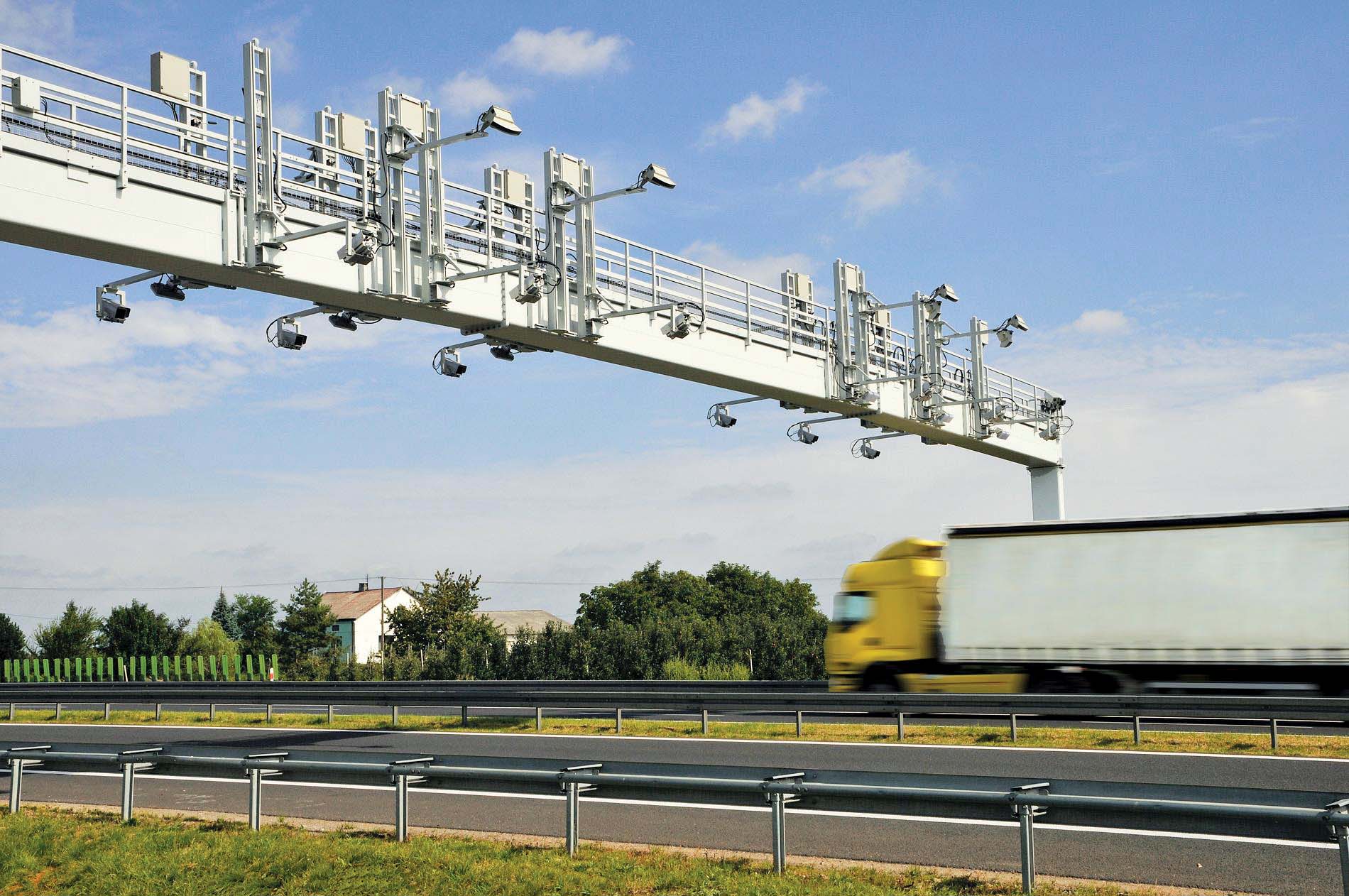Covering an area almost as big as the US and Canada combined, Russia is planning to increase transport-related communications to improve road safety and traffic efficiency. Eugene Gerden reports.
Russia’s government plans to increase road safety through the use of modern transport communication and the development of the relevant legislative base. Initially, particular attention will be on the introduction of connected cars and Vehicle to Anything (V2X) technologies.
Russia has fewer than 60,000 connected cars but it is planning to increase this number ‘significantly’ in the coming years. This will, in part, be achieved through the further development of the ERA-Glonass system (Russia’s equivalent of Europe’s eCall/E112) and the Platon electronic toll collection system.
While telematic services (such as insurance and Platon) currently account for most of Russia’s connected cars, its government made ERA-Glonass mandatory at the beginning of 2017. According to the Russian Ministry of Transport (RMoT), the massive introduction of the ERA-Glonass system will help to significantly reduce deaths from traffic accidents in Russia.
According to analysts J’son & Partners Consulting, Russia’s full-scale introduction of ERA-Glonass will increase the number of connected cars to between 1.5 and two million in the coming years. At the same time, on-board automated toll collection systems, connected infotainment systems, connected security-search and video surveillance systems will be introduced.
RMoT is developing laws to regulate the development of transport-related communications with amendments to the federal ‘On the navigation activities’ regulations expected by the end of the year. The government is also contemplating a series of national standards and guidance documents to create the conditions for the introduction of connected car and other technologies.
According to Alexander Gurko, head of federal network navigation operator Glonass Enterprise, planned legislation will regulate the establishment of the infrastructure to support new transport communication technologies and set requirements for on-board equipment.
At the same time, the Russian government will allocate up to US$100 million to fund navigation start-ups. According to Russian presidential advisor Igor Levitin (responsible for transport-related communication technologies), due to Western sanctions and technology import restrictions, the Russian government will support the design of domestic products and solutions. Levitin said this should ensure Russia’s state security and reduce its dependence on Western technology.
According to Vladimir Puchkov, Cluster of Space project manager at the Skolkovo scientific foundation, implementation of these plans will help form a single space of navigation information with the same level of quality and coverage as the mobile communications industry. However, he adds that the industry remains dominated by imported navigation modules, which will hamper further development.
Gurko says: “It is believed that up to 80% of road accidents could be prevented [by] V2X technology” and adds that KamAZ (Russia’s leading truck builder) is testing such technologies and auto producer GAS Group has similar plans. “There is a serious lag in the development of these technologies between Russia and Western countries, where, to date, hundreds of standards have been approved with a number of pilot projects scheduled.”
Russia’s government is, however, planning the country’s first smart road - designed for unmanned vehicles and V2X-equipped cars – which will be built in 2018 between St. Petersburg and Novorossiysk. According to RMoT, the new road will be equipped with sensors ‘to help optimise traffic and minimise congestion’.
Finally, the introduction of the Platon system in 2016 boosted the number of machine-to-machine (m2m)-equipped vehicles (mainly trucks) by nearly one million. A similar, or bigger, increase is expected this year while the introduction of the Platon system for light trucks will boost the number of m2m-equipped vehicles by a further 200,000-300,000 units.
Recently, Russia’s Defence Ministry (RMoD) introduced an automated traffic control system to track military transport in real time. The technology, known under the SUDTiKI brand name, was designed by leading Russian scientific institution, The Vector Bureau.
According to RMoD, the technology is similar to a telematics system - with the installation of navigation subscriber sets to transmit their location to fixed and mobile control centres. To date, around 50 fixed and more than 250 mobile centres have been established and navigation kit has been installed on more than 6,500 military vehicles. Next year the defence department also plans to start a ‘massive introduction of the new technology on Russian military transport’.
Having had a relatively slow start, Russia’s ITS sector appears to be gathering momentum.
Russia ramps-up technologies for transport communications
Covering an area almost as big as the US and Canada combined, Russia is planning to increase transport-related communications to improve road safety and traffic efficiency. Eugene Gerden reports. Russia’s government plans to increase road safety through the use of modern transport communication and the development of the relevant legislative base. Initially, particular attention will be on the introduction of connected cars and Vehicle to Anything (V2X) technologies.
Russia has fewer than 60,000











